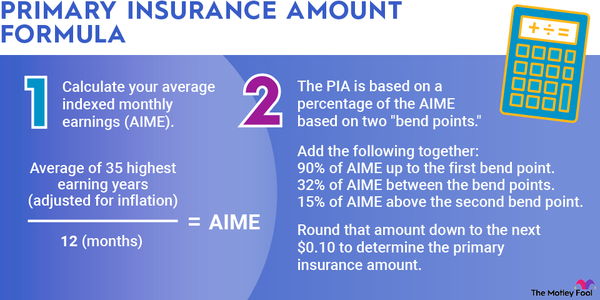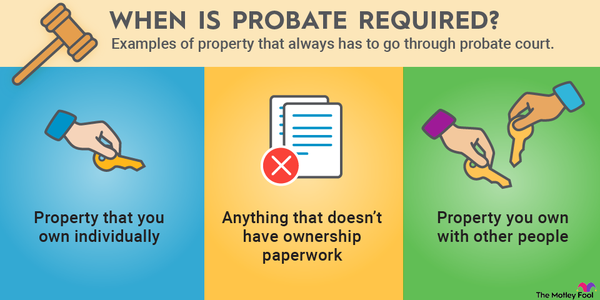If you've ever invested in stocks in an initial public offering (IPO) or bought T-bills in a Treasury auction, you've participated in a primary market. A primary market is a market where investors buy newly created securities directly from the issuer.
If you then turned around and sold the security you'd purchased, you did so on a secondary market. We'll explain how primary markets work and how they differ from secondary markets.

What is a primary market?
What is a primary market?
A primary market is a capital market where securities are created and sold directly to investors when they're first issued. The securities can then be resold on a secondary market, like a stock exchange or the bond market. Another name for a primary market is a new issue market (NIM).
Companies issue securities when they want to raise money. They may do so through stocks, which represent partial ownership shares of the company, or bonds, which are debts that the issuer must repay with interest to investors.
When you buy securities on the primary market, you're buying directly from the issuing company or government, which sets the price through the underwriting process. But on secondary markets, transactions are made between investors, and the forces of supply and demand determine the price.
Types of primary market transactions
Types of primary market transactions
Most assets have a primary market, as well as secondary markets where they can be traded. Here are some common types of primary market issues:
- Initial public offering (IPO): A privately held company offers to sell its shares to the public for the first time through an initial public offering (IPO). After the IPO, the company's shares will begin trading on the secondary market, i.e., a stock exchange. This is the most common way companies sell new issues to investors.
- Rights issue or rights offering: A company issues new shares but only offers them to current shareholders rather than the general public.
- Private placement or non-public offering: A company issues shares to a pre-selected group of investors, such as institutions or accredited investors. Compared to IPOs, private placements have fewer regulatory requirements.
- Preferential allotment: A company issues new shares to a select group of investors, often for a discounted price.
Financial Securities
Primary markets vs. secondary markets
Primary markets vs. secondary markets
A primary market is where newly created securities are sold, while a secondary market involves securities traded among investors. Let's break down the differences a bit further.
- Who can invest: Opportunities for investing in a primary market are often limited to financial institutions, corporations, and accredited investors, while secondary markets are often accessible to the general public. As a retail investor, for example, you may not have the opportunity to participate in an IPO, but you could later buy shares of the company that went public via a stock exchange.
- How many times a security can be traded: A newly issued security can only be sold once on the primary market, but it can be bought and sold an unlimited number of times on secondary markets.
- Where proceeds go: When a company issues a new securities offering on a primary market, it receives the proceeds from the new issuance and can use the money for things like growth, acquisitions, research and development, debt repayment, or general corporate purposes. But when those same securities are bought and sold on secondary markets, money from the transaction goes to investors rather than the issuing company.
- Pricing: On a primary market, securities are offered at a fixed price that's determined during the underwriting process. Prices on secondary markets fluctuate due to market forces.
Related investing topics
Examples of a primary market
Examples of a primary market
The U.S. Department of Treasury sells Treasury securities to investors on a primary market via regular auctions. Buyers can purchase Treasuries directly through TreasuryDirect.gov or through most brokerages.
The Treasury Department issues a press release before each auction that includes the security being sold, the amount of the offering, and the auction date. With the exception of savings bonds, Treasury securities can also be bought and sold on the secondary market.



































































































